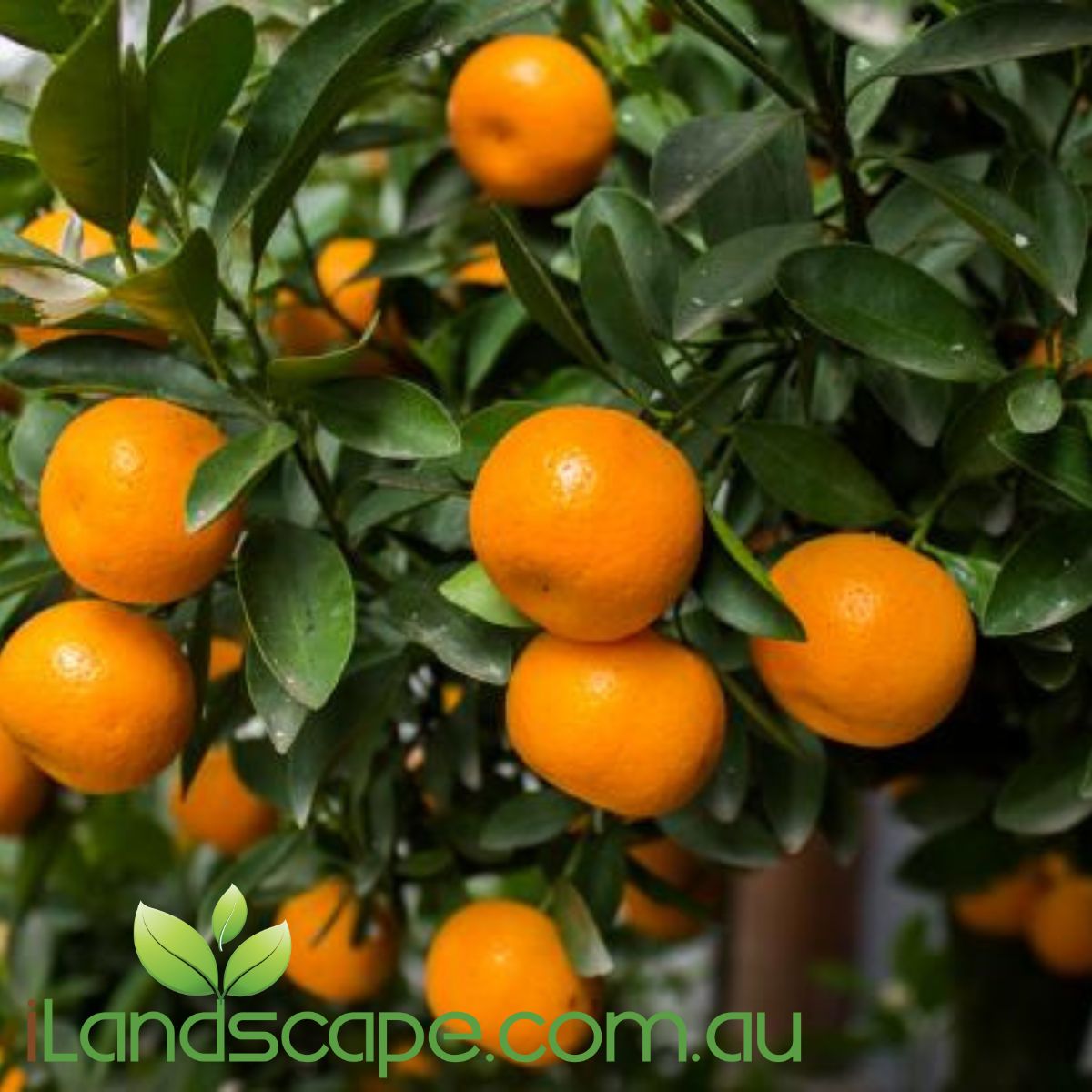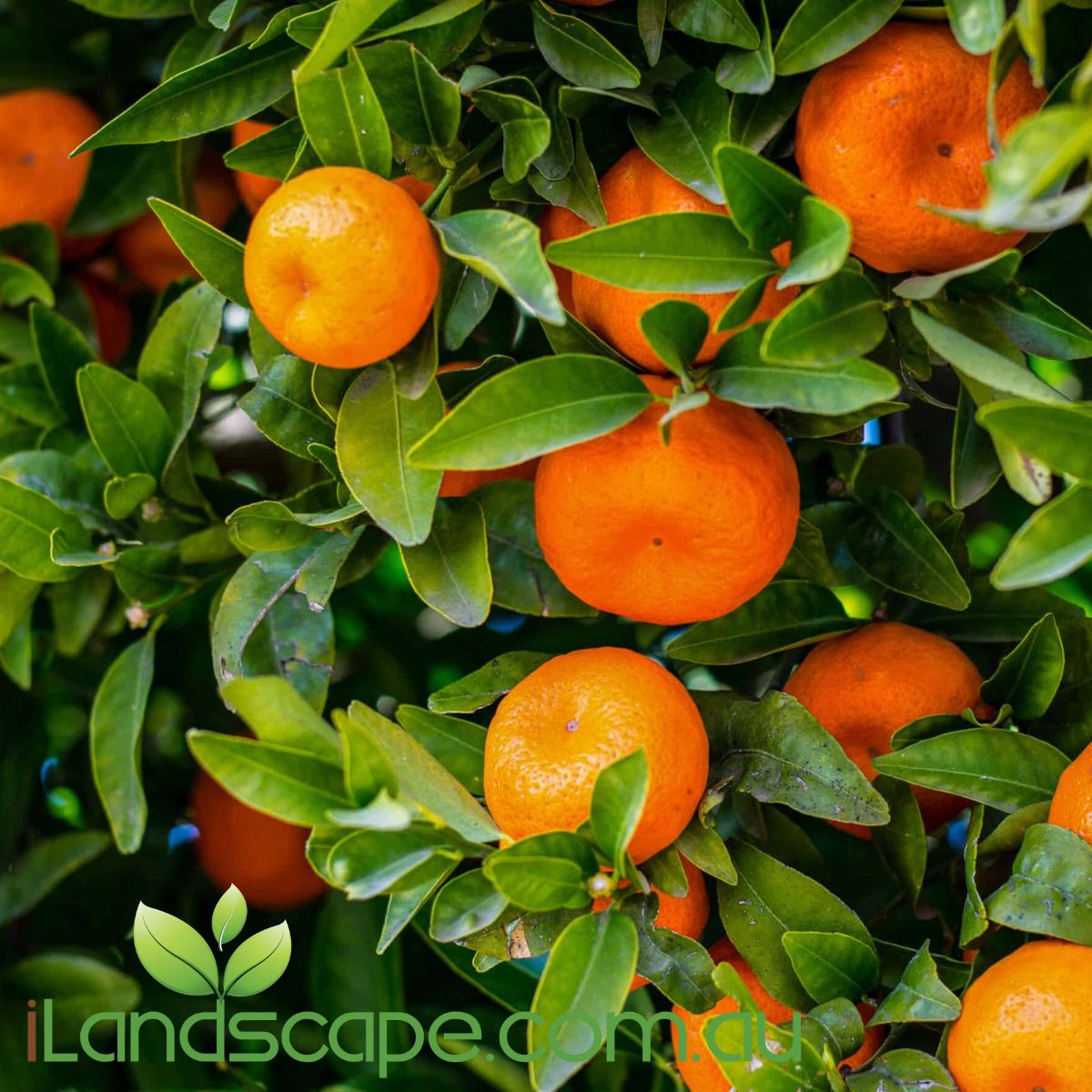Filters

Lomandra confertifolia ssp. palladia (SPRILOMEAN) Ocean™
Lomandra Ocean, a native grass renowned for its resilience and beauty in seaside environments. With its blue-green foliage and compact growth habit, Lomandra Ocean forms a tufted mound, reaching approximately 1m x 1m if left untrimmed. Perfectly suited for sandy soils and coastal breezes, this versatile grass thrives in both full sun and partial shade.
Magnolia grandiflora Super Gem
Superbly handsome evergreen feature tree. Large creamy white flowers with heavy perfume in Spring and Summer. ' Super Gem' has dark green leaves with wavy margins and velvet copper toned undersides. Grow 2.5 m tall x 1.5m wide
Magnolia grandiflora Sweet Spire
Superbly handsome, slim evergreen feature tree. Large 15cm creamy white flowers with heavy perfume in Spring and Summer. This narrow upright magnolia has flowers from spring through to autumn. Dark green leaves with a velvet underside makes Magnolia Sweet Spire an ideal narrow specimen or magnificent as a narrow screen. Grows 3m tall x 1.2m wide
Malus (JFS-KW213MX) Raspberry Spear™ Crab Apple
Malus (JFS-KW213MX) Raspberry Spear™ Crab Apple
Malus Tom Matthews™
Malus Tom Matthews™ Foliage Mid- to dark green tinged with bronze, particularly on the new growth. Bark Greyish-brown Climate Warm temperate to cool temperate. Ornamental Fruit Clusters of small dark red-purple crab apples from autumn through to late winter. Tree Habit Upright. Tree Size Small. Flowers Brilliant, vivid, scarlet-red in spring. Pruning Young trees may benefit from some formative pruning. Height (m) 3 Width (m) 3

Mandarin Dwarf 'Fremont'
Mandarin Dwarf 'Fremont' is a cross between a Clementine and the Ponkan mandarin. The fruit turns almost red when ripe and is held at the ends of the branches, so can be extremely beautiful. One of our favourite mandarins it has a superbly rich sweet flavour. can grow between 2-4 m tall however is kept best around the 2.0m tall Fruits between May - September

Mandarin Dwarf 'Hickson'
Mandarin Dwarf 'Hickson' is a beautiful Mandarin that its easy to peel. it grows approx. 2-3m tall and will fruit between July - October each year Fertilise seasonally with Fruit & Citrus food and prune regular to keep shape and promote more fruit development

Metrosideros excelsa Dwarf Mini Xmas
Metrosideros Mini Xmas is a medium sized bush that has glossy rounded leaves on a reddish stem and has the traditional beautiful Metrosideros red flower Grows approx 2.0m High x 1.0m wide in Both Full sun & Part shade Salt & Wind tolerant and bird attracting this plant makes an excellent hedge or screen

Metrosideros little dugald
Metrosideros collina 'Little Dugald' is a great plant for a low to medium sized hedge, growing between 1-2m high x 1m wide. It is an extremely versatile shrub that can withstand a light frost, is wind and salt tolerant (making it ideal for exposed coastal situations), can be grown in full sun or part shade and is drought tolerant once established. Little Dugald produces masses of bright red flowers toward the end of Spring right through to the end of Summer which provide plenty of nectar for the local native birds

Metrosideros little ewan
Metrosideros 'Little Ewan' is a low growing and dense evergreen shrub. With a maximum height and width of 1 metre “Little Ewan” is a beautiful compact plant suitable for a sunny spot in the garden or as a pot specimen. The plant will tolerate light to moderate frost, coastal conditions, wind and is drought tolerant once established.























